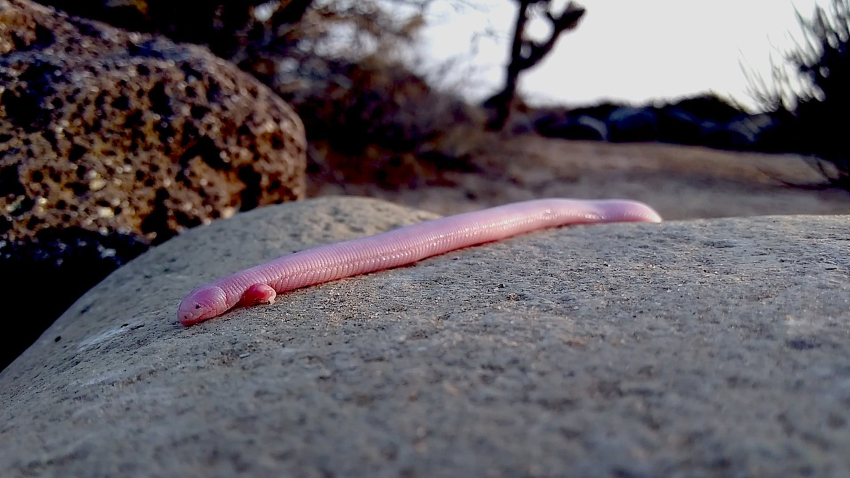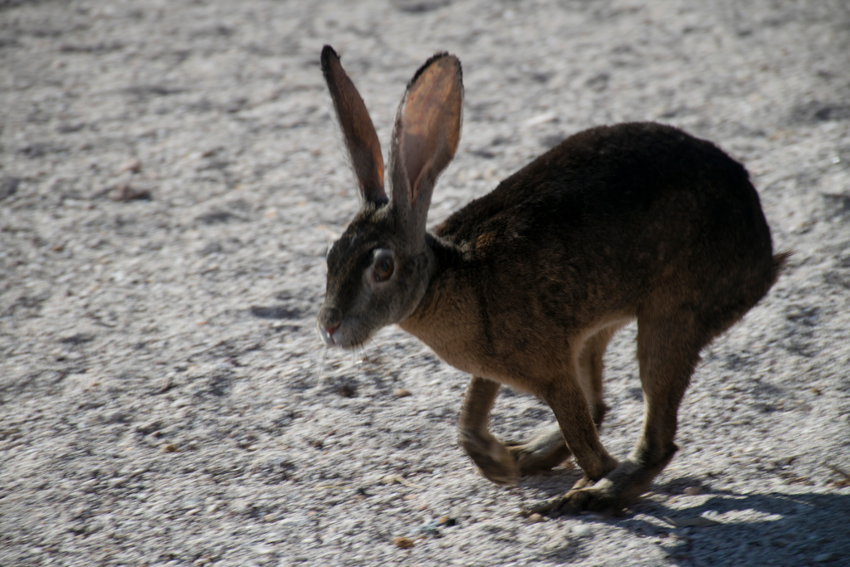Baja California Sur is like no place else on earth, a fact reflected in the state’s distinctive and often unique flora and fauna.
Much of the fascinating diversity in the area is due to what is called island endemism, a process by which plants and animals develop independently in specific isolated environments. The unique island endemism of the Galapagos, for example, famously helped to inspire Darwin’s theory of evolution. Coastal islands off Baja California Sur like Magdalena and Espíritu Santo are hotbeds for endemic species, which have necessarily evolved over time in order to survive in their geographically circumscribed environments.
But the peninsular mainland—“almost an island” in Bruce Berger’s felicitous phrase—boasts its own collection of strange and wonderful life forms, with many specifically adapted to the central or southern sierras, or to low-lying desert areas. Some are indigenous but not endemic, meaning they can also be found in other regions. Others are sui generis, found only in Baja Sur.
These nine examples are the latter…
Ajolote (Bipes Biporus)

Few creatures are as associated with Baja California Sur as bipes biporus, a rare species of Mexican mole lizard that at first glance looks like a small snake. But if you are lucky enough to see one of these reclusive hunters of ants and termites you will notice the presence of two tiny front legs, small flat forelimbs used for digging through loose soil. There is a mythology surrounding this mole lizard locally, namely that they will crawl up through the toilet to harass those in the course of doing their business. This is nonsense, of course, but it is the sort of horror story told about many snakes or snake-like creatures around the globe. Bipes biporus is an eye-catching shade of pink, but is rarely seen by humans, since it spends the bulk of its one to two-year lifespan underground. It’s small front limbs have five toes each, and it is one of only four of approximately 200 species of amphisbaenians to possess legs. Their hind legs disappeared long ago in the course of evolution, although vestigial remains can still be seen in x-rays. Bipes biporus is called ajolote locally, which sometimes causes confusion with a similarly named creature. That would be ambystoma mexicanum, a strange walking fish found in lakes around Mexico City that is also called ajolote in Spanish, or axolotl in Nahuatl.
Creeping Devil (Stenocereus eruca)
This creepy member of the Cactaceae family is certainly distinctive, not only for its caterpillar like appearance, but its ability to move. Large colonies of the columnar succulents can be found on the central Pacific coast of Baja California Sur, where they invariably seem engaged in some sort of slow-speed migration. The cacti grow at one end while the other end dies, and during the course of this ongoing process travel up to two feet a year on average. As if that weren’t weird enough, Creeping Devils are also able to clone themselves.
Black Jackrabbit of Espíritu Santo (Lepus insularis)

Yes, its conservation status is listed as “near threatened,” but that’s largely because of the limited range of this intriguing species. The black jackrabbit lives only on one island, Espíritu Santo north of La Paz, an uninhabited, protected biosphere reserve with a thriving habitat that also includes an endemic antelope squirrel. The black jackrabbit has few if any natural predators, and visitors to the island can occasionally glimpse these famous residents hopping amid native grasses and shrubs.
Isla Santa Catalina Rattlesnake (Crotalus catalinensis)
Several varieties of rattlesnake live in Baja California Sur, but only one lacks the characteristic feature from which the name is derived: the so-called rattleless rattlesnake of Santa Catalina Island. Actually there are vestigial bands, just not enough for the telltale sound which warns of its presence. It was once speculated that this species evolved in order to silently hunt birds, but it is currently thought to be a specific adaptation to a lack of traditional predators. Its diet is now primarily mouse and lizard based, and probably always was. The good thing, for visitors, is that this venomous pit viper is small—about two feet in length—and rarely hides. It can usually be found in arroyos on the western side of the island, occasionally climbing onto low-lying bush branches during the hot summer months.
Baja Blue Rock Lizard (Petrosaurus thalassinus)

There are two subspecies of this beautiful blue iguana: one that lives in the mountain ranges—Sierra de la Laguna and Sierra La Trinidad—in the southernmost half of the Baja California peninsula; and another that inhabits offshore islands near La Paz like Espíritu Santo and Partida. Adults reach nearly a foot and a half in length, and feed on insects, leaves, seeds and smaller lizards. Males become even more colorful during the breeding season, which takes place during spring. Life expectancy is about 20 years.
Isla Magdalena Spiny Cactus (Echinocereus barthelowanus)
Perhaps best known as a Gray Whale breeding ground, Magdalena Bay is also one of the most phenomenal fishing spots on the planet. Two offshore islands protecting this natural paradise, Magdalena and Santa Margarita, are also home to some of the world’s most interesting species of cactus, several of which are endemic. Echinocereus barthelowanus is among the least known, and looks somewhat like a star cluster shooting off a thousand rays of light. The spines are long, voluminous, piercing and wisely avoided at all times.
Espíritu Santo Antelope Squirrel (Ammospermophilus insularis)
No, this rodent doesn’t have antlers. It’s an adorable subspecies of the common white-tailed antelope squirrel found only on Isla Espíritu Santo. Small, diurnal and prone to burrowing—burrows provide both a home and protection against extreme temperatures—Ammospermophilus insularis varies his diet according to the seasons, largely subsisting on plants, seeds, fruits, insects and small lizards. The squirrels breed during the spring, with a month-long gestation period typically producing litters of five to 14 babies.
Baja Elephant Tree (Pachycormus discolor)

This gray-barked tree with branches as thick as elephant trunks is most commonly found in the central Sierra de la Giganta, although subspecies can be found on Pacific Coast islands like Cedros, Magdalena and Santa Margarita. It matures up to 30 feet in height—impressive when not contrasted with a towering 60’ Cardón cactus—grows seasonal clusters of small leaves, and blooms brilliant pink flowers from late spring until early autumn. It should not be confused with Bursera microphylla, a native but not endemic Baja “Elephant Tree.”
Isla San Marcos Barefoot Gecko (Coleonyx switaki gypsicolus)
Banded geckos are common to much of the southwestern U.S., México and parts of Central America. One fantastically colored subspecies, however, lives only on a 5.6-mile-long island off the Baja Sur coast near Santa Rosalía. That would be the rare Barefoot Gecko of Isla San Marcos, a tiny three to four-inch-long lizard that feasts on spiders and insects. They feed at night and typically remain hidden during the day, seeking cover under rocks or in deep crevices. They often emit a squeak when threatened, and can distract predators by “dropping” their tail, which subsequently grows back.
Want your business, activity or event featured and promoted by CaboViVO, please be sure to contact us here, thanks…
Saludos from Co-Founders…
Chris Sands and Michael Mattos

